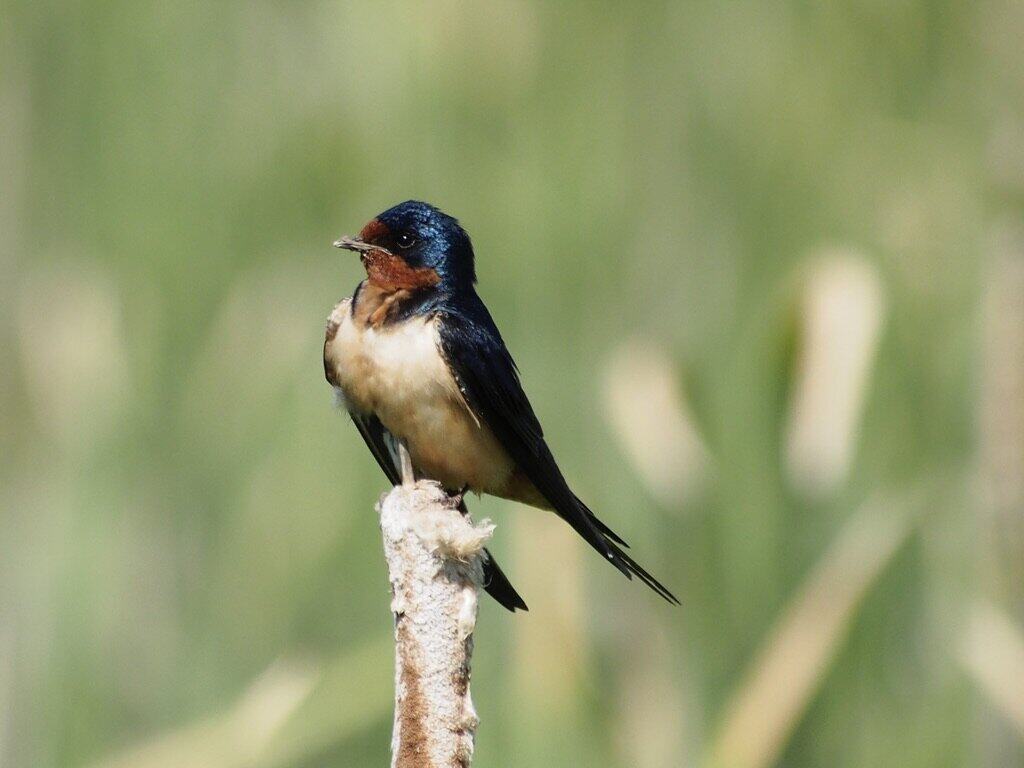We can address the housing crisis without sacrificing our climate or biodiversity.
Peterborough Examiner – May 23, 2025 – by Drew Monkman
The housing crisis is real and urgent—but so too are the twin emergencies of biodiversity loss and climate change. Is it truly responsible—or even ethical—to tackle one crisis by worsening the others? In the eyes of Premier Doug Ford, the answer is clearly “yes”.
As part of a broader push to accelerate housing development in the province, the Ontario government has introduced Bill 5, also known as the Protect Ontario by Unleashing our Economy Act, 2025.
In a nutshell, it undermines crucial environmental protections by moving Ontario away from a science-based approach to protecting species at risk to one that relies on industry and developers’ voluntary and discretionary approaches.
The Bill also compounds a series of previous measures taken by the Ontario government in recent years to dismantle protections. It is part of a broader pattern of governance in Ontario that favors private development interests over public good. Ford is clearly hoping that Ontarians will focus only on housing solutions and turn a blind eye to environmental integrity. We can’t let him get away with it.
Here’s 10 things to know about this shameful legislation.
1. Goodbye Species at Risk Act
Bill 5 would scrap the Endangered Species Act (ESA) and create “special economic zones” where developers and resource companies would be exempt from provincial regulations. It would also allow the premier and cabinet to take full control over decisions that are usually made by the legislature. The Bill even narrows the definition of habitat to exclude a species’ habitat for feeding or migration.
We are in a global biodiversity crisis. Ontario alone is home to over 230 species at risk. They include once common birds like eastern meadowlarks, bobolinks, and barn swallows as well as a wide range of other species like Blanding’s turtles, monarch butterflies and woodland caribou. Many of these species depend on specific habitat types like wetlands and intact forest corridors that are directly affected by the kinds of development facilitated by Bill 5. By opening up these landscapes for housing and infrastructure projects, it accelerates the destruction of critical habitats, thereby threatening the survival of species already on the brink.

eastern meadowlark. Bill 5 would scrap the Endangered
Species Act. (Karl Egressy)
2. No more recovery strategies
Bill 5 removes the requirement for the government to develop a recovery strategy for species at risk. Also gone are management plans and a review of progress. By no longer tracking species at risk and removing the requirement for recovery strategies, the Ontario government is effectively removing the onus to ensure conservation programs and initiatives result in species’ recovery.

3. Threats to wetlands
Ontario’s wetlands provide essential ecosystem services such as flood mitigation, water purification, and carbon storage. Many wetlands also serve as critical habitats for species at risk. Under Bill 5, the classification system for evaluating wetlands is being revised, which conservationists fear will lead to the downgrading or declassification of many provincially significant wetlands. In practical terms, this means that areas previously protected from development may now be vulnerable.
4. Weakening of environmental oversight
Bill 5 reduces the role and influence of conservation authorities (CAs). Traditionally, conservation authorities have had the power to review development proposals and provide scientific input on their environmental impact. Bill 5 limits the scope of this oversight by restricting the ability of CAs to review and comment on development applications that do not directly impact flood control. This effectively sidelines their broader environmental mandate.
5. Encouraging urban sprawl
Bill 5 facilitates unchecked urban sprawl, which leads to the fragmentation of ecosystems, increased greenhouse gas emissions, and greater strain on infrastructure and public services. It incentivizes development in greenfield areas, many of which include vital natural heritage features such as wetlands, woodlands, and endangered species habitats. This shift undermines the goals of smart growth, which emphasize compact, transit-friendly, and environmentally sustainable communities.
6. Conflicts with climate goals
Bill 5 is clearly out of step with Ontario’s climate change commitments. The bill’s promotion of low-density, car-dependent development contradicts the province’s stated goals of reducing greenhouse gas emissions and promoting climate-resilient infrastructure. Sprawl not only increase emissions from transportation but also contribute to higher energy and water consumption. Furthermore, natural features like forests and wetlands are crucial carbon sinks. By facilitating their destruction, Bill 5 undermines the province’s ability to mitigate climate change impacts.
7. Impacts on Indigenous rights
Bill 5 has serious implications for Indigenous rights, particularly around land, sovereignty, consultation, and environmental stewardship. It fast-tracks development, potentially bypassing full consultation with First Nations communities and pushing Ontario further away from reconciliation. The Anishinabek Nation, representing 39 First Nations, has called for an immediate halt to the Bill. They assert that the legislation “continues to ignore, violate, and threaten the inherent rights of Anishinabek people and the foundational principles of their treaty relationship with the Crown.”
8. Reducing municipal and public input
Bill 5 also alters the planning approval process in ways that reduce the influence of municipalities and the public. By centralizing more decision-making power in the hands of the provincial government allowing developers to bypass certain municipal regulations, the Bill diminishes local control over land use planning. This is particularly concerning for conservation groups that work closely with local governments to protect ecologically sensitive areas. Bill 5 also shortens timelines for public consultation and limits appeals through the Ontario Land Tribunal, making it harder for residents and environmental groups to challenge controversial developments.
9. Undermining of existing environmental laws
Bill 5 does not exist in a vacuum. It is part of a series of legislative and policy changes that have steadily eroded Ontario’s environmental protections. These include amendments to the Environmental Assessment Act, the removal of lands from the Greenbelt (subsequently reversed after public backlash), and changes to the Planning Act and Development Charges Act. Together, these moves are part of a broader deregulatory agenda that prioritizes economic development and housing supply over environmental sustainability.
10. Lack of evidence-based policy making
There is an egregious lack of evidence-based decision-making in the drafting of Bill 5. It was developed with insufficient consultation and ignores best practices in environmental planning. The bill ignores the extensive body of research supporting the ecological, economic, and social benefits of conserving natural heritage systems. Numerous studies have shown that green spaces improve mental and physical health, increase property values, and reduce infrastructure costs through services like stormwater management
What you can do
Bill 5 may aim to address Ontario’s housing crisis, but in doing so, it will only worsen the ecological crisis unfolding in parallel. We are trading long-term ecological health for short-term economic and political gains—a decision that may have irreversible consequences for the natural systems that sustain life in Ontario.
Biodiversity loss is not just an environmental issue—it’s a human issue. A healthy environment and a livable future require laws that protect the natural world, not ones that pave over it.
The most effective way to express your opposition to Bill 5 is to phone your MPP, especially if they’re part of the Progressive Conservative government. Use firm but respectful language: “I oppose Bill 5 because it encourages urban sprawl, threatens species at risk and is in conflict with Ontario’s climate goals. I also care deeply about protecting nature and ecosystems for my children and grandchildren.”
In Peterborough-Kawartha, MPP Dave Smith can be reached through his constituency office at 705-742-3777. If calling makes you nervous, try phoning in the evening and leaving a message. You can also contact him via email at dave.smithco@pc.ola.org
Bill 5 is currently under review and has not yet proceeded to a final vote. A public hearing is scheduled for May 26, with written submissions accepted until May 26, as well.